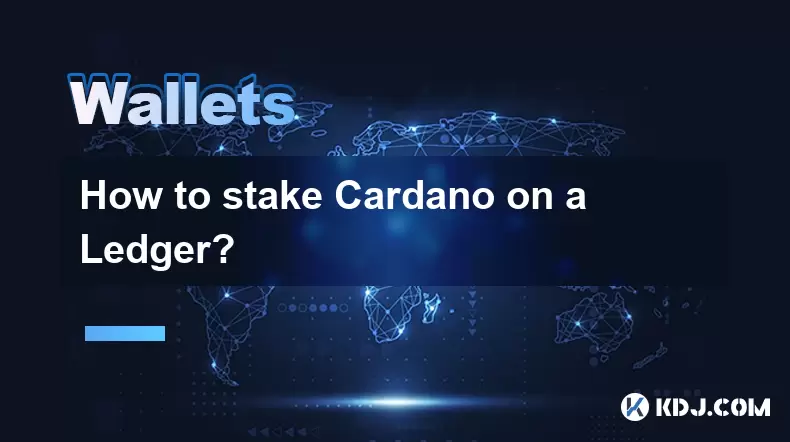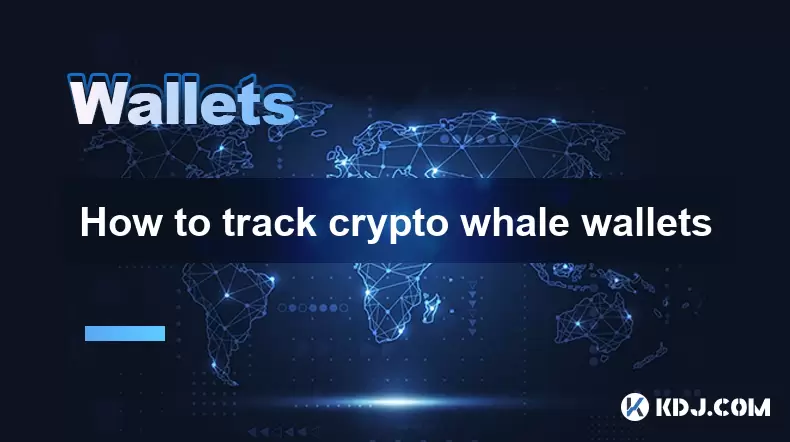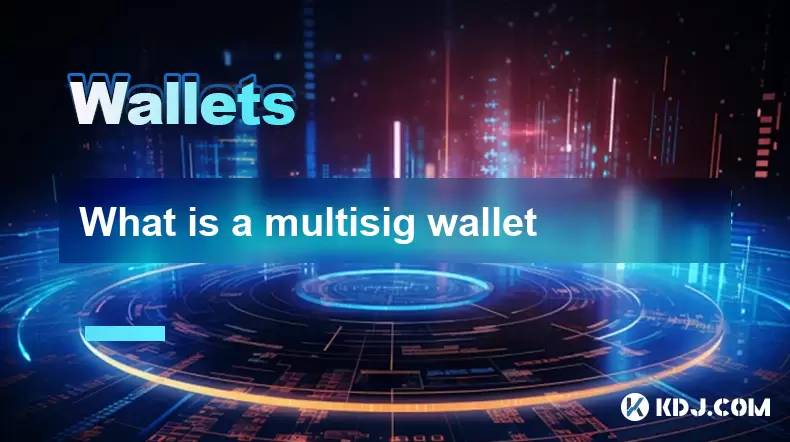-
 Bitcoin
Bitcoin $118,209.3536
1.16% -
 Ethereum
Ethereum $3,151.7546
5.98% -
 XRP
XRP $2.9277
2.35% -
 Tether USDt
Tether USDt $1.0000
0.00% -
 BNB
BNB $689.7099
1.26% -
 Solana
Solana $163.4270
1.91% -
 USDC
USDC $1.0000
0.02% -
 Dogecoin
Dogecoin $0.1983
3.74% -
 TRON
TRON $0.3008
0.51% -
 Cardano
Cardano $0.7435
2.86% -
 Hyperliquid
Hyperliquid $47.6547
-0.48% -
 Stellar
Stellar $0.4625
2.79% -
 Sui
Sui $3.9921
2.71% -
 Chainlink
Chainlink $16.0608
4.23% -
 Hedera
Hedera $0.2348
1.56% -
 Bitcoin Cash
Bitcoin Cash $496.6985
1.25% -
 Avalanche
Avalanche $21.9038
5.41% -
 UNUS SED LEO
UNUS SED LEO $8.8356
-1.88% -
 Shiba Inu
Shiba Inu $0.0...01364
5.31% -
 Toncoin
Toncoin $3.1102
4.35% -
 Litecoin
Litecoin $95.9756
3.59% -
 Polkadot
Polkadot $4.0925
5.78% -
 Monero
Monero $333.7622
-1.44% -
 Uniswap
Uniswap $9.1968
2.25% -
 Bitget Token
Bitget Token $4.6378
6.23% -
 Pepe
Pepe $0.0...01282
6.77% -
 Dai
Dai $1.0002
0.03% -
 Ethena USDe
Ethena USDe $1.0005
0.00% -
 Aave
Aave $329.9143
4.49% -
 Bittensor
Bittensor $441.4995
6.89%
How to stake Cardano on a Ledger?
Cardano staking lets ADA holders earn rewards by delegating tokens to a stake pool, with secure options like Ledger hardware wallets ensuring safety and control.
Jul 16, 2025 at 05:56 am

What Is Cardano Staking?
Cardano (ADA) is a blockchain platform that utilizes a Proof-of-Stake (PoS) consensus mechanism, allowing users to earn rewards by staking their ADA. Staking involves locking up ADA in a wallet to support the network's operations and, in return, receiving additional ADA as a reward. Unlike mining in Proof-of-Work systems, staking requires significantly less energy and hardware investment.
Staking ADA does not involve transferring ownership of your tokens; instead, they remain in your wallet while being used to help validate transactions on the network. The more ADA you stake, the higher your potential rewards. However, it’s crucial to understand how to securely stake ADA, especially when using hardware wallets like Ledger Nano S or Ledger Nano X.
Why Use a Ledger Wallet for Cardano Staking?
A Ledger hardware wallet provides an extra layer of security by storing private keys offline, protecting them from online threats such as hacking attempts. When staking ADA via a Ledger device, users retain full control over their assets while participating in the network.
Using a Ledger ensures that even if the software or computer running the wallet becomes compromised, the private keys remain safe within the secure chip of the hardware wallet. This makes Ledger one of the most trusted choices for long-term ADA holders who want to stake without exposing their funds to unnecessary risks.
Setting Up Your Cardano Wallet with Ledger
To begin staking ADA using your Ledger device, you need to install and configure a compatible wallet. The most widely used wallet for Cardano is Daedalus, developed by IOHK, but it currently doesn't support direct integration with Ledger devices. Instead, users should use Yoroi Wallet, which is lightweight and supports hardware wallet integration.
Here are the steps:
- Install the Yoroi extension for Chrome or Firefox.
- Connect your Ledger device to your computer and ensure it has the latest firmware.
- Open the Yoroi extension and select "Hardware Wallet" during setup.
- Follow the prompts to import your ADA wallet using the 15 or 24-word recovery phrase stored securely with your Ledger.
Once connected, Yoroi will display your ADA balance and allow you to manage your staking preferences directly from the browser interface.
Choosing a Stake Pool
After setting up your wallet, the next step is selecting a stake pool to delegate your ADA. A stake pool is a group of ADA holders who combine their resources to increase the chances of validating blocks and earning rewards. While larger pools may offer more consistent returns, smaller pools contribute to decentralization and may provide better long-term benefits to the ecosystem.
When choosing a stake pool:
- Review its performance metrics, including saturation levels and historical uptime.
- Examine the fee structure, including margin and fixed costs charged by the pool operator.
- Look into the reputation of the pool through community forums and official channels.
Some popular tools and websites, such as PoolTool, AdaPools, and Cardano Explorer, can help analyze and compare stake pools effectively.
Delegating ADA to a Stake Pool via Ledger
Once you've selected a suitable stake pool, you can proceed with delegating your ADA using your Ledger-connected Yoroi wallet. This process involves signing a transaction that binds your ADA to the chosen pool for a specific epoch cycle.
Follow these steps carefully:
- Ensure your Ledger is unlocked and the Cardano app is open.
- Navigate to the delegation section in the Yoroi wallet.
- Search for your preferred stake pool and click "Delegate".
- Confirm the transaction details on your computer screen.
- Approve the transaction using your Ledger device, ensuring no interruptions occur during this step.
After successful delegation, your ADA will be actively contributing to the stake pool starting from the next epoch. Rewards are typically distributed at the end of each epoch, approximately every five days.
Managing and Monitoring Staking Rewards
Once your ADA is delegated, it’s important to monitor your staking performance regularly. You can view your current delegation status, upcoming rewards, and recent payouts directly within the Yoroi wallet interface.
It's worth noting that rewards are not automatically compounded unless you manually re-delegate them after they appear in your wallet. Additionally, there may be delays in reward distribution due to network confirmation times and pool-specific payout schedules.
If you wish to switch stake pools, you can do so by initiating a new delegation transaction. However, changing pools frequently may affect your reward consistency, as changes take effect only after the current epoch ends.
Frequently Asked Questions (FAQ)
Q: Can I use any version of Ledger for Cardano staking?
A: Yes, both Ledger Nano S and Ledger Nano X support Cardano staking through the Yoroi wallet extension.
Q: Do I need to keep my Ledger connected all the time to stake ADA?
A: No, once you’ve delegated your ADA, your Ledger does not need to remain connected. The delegation is recorded on the blockchain, and rewards will continue to accrue even when your device is disconnected.
Q: Is there a minimum amount of ADA required to stake?
A: There is no minimum requirement to participate in staking, but staking a very small amount may result in negligible rewards due to proportional distribution.
Q: Can I unstake my ADA anytime?
A: Yes, you can undelegate your ADA by initiating another transaction through Yoroi. However, doing so stops future rewards, and you won’t receive any pending payouts until the current epoch concludes.
Disclaimer:info@kdj.com
The information provided is not trading advice. kdj.com does not assume any responsibility for any investments made based on the information provided in this article. Cryptocurrencies are highly volatile and it is highly recommended that you invest with caution after thorough research!
If you believe that the content used on this website infringes your copyright, please contact us immediately (info@kdj.com) and we will delete it promptly.
- Eclipse Airdrop and Token Supply: Navigating the Crypto Landscape
- 2025-07-16 18:50:13
- Solana Price, Zebec Network, and Remittix: Decoding the Crypto Signals
- 2025-07-16 18:30:13
- Crypto Picks & Altcoin Breakout: August's Hottest Trends
- 2025-07-16 18:30:13
- XLM Stellar Analyst Prediction: Is a $10 Target on the Horizon?
- 2025-07-16 19:10:12
- Dubai, Ripple, and Tokenization: A New Era for Real Estate
- 2025-07-16 18:50:13
- Unilabs Finance (UNIL): Primed for a Massive 2025 Launch?
- 2025-07-16 19:15:12
Related knowledge

What is a hardware wallet's secure element
Jul 11,2025 at 10:14pm
What is a Hardware Wallet's Secure Element?A hardware wallet is one of the most secure ways to store cryptocurrencies. Unlike software wallets, which ...

How to track crypto whale wallets
Jul 16,2025 at 10:00am
What Are Crypto Whale Wallets?Crypto whale wallets refer to large cryptocurrency holdings controlled by individuals or entities that have the potentia...

What is the difference between a custodial and non-custodial wallet
Jul 13,2025 at 03:21am
Understanding Wallet Types in CryptocurrencyIn the world of cryptocurrency, digital wallets play a crucial role in managing and securing assets. A wal...

What is a multisig wallet
Jul 16,2025 at 01:42am
Understanding the Concept of a Multisig WalletA multisignature (multisig) wallet is a type of cryptocurrency wallet that requires more than one privat...

How to add a new network to MetaMask
Jul 11,2025 at 11:42pm
Understanding the Need to Add a New NetworkWhen using MetaMask, a popular Ethereum-based cryptocurrency wallet, users often need to interact with diff...

How to add Ethereum L2 networks like Arbitrum to Trezor
Jul 11,2025 at 12:36am
What Is Ethereum L2 and Why Add It to Trezor?Ethereum Layer 2 (L2) networks, such as Arbitrum, are scaling solutions designed to reduce congestion on ...

What is a hardware wallet's secure element
Jul 11,2025 at 10:14pm
What is a Hardware Wallet's Secure Element?A hardware wallet is one of the most secure ways to store cryptocurrencies. Unlike software wallets, which ...

How to track crypto whale wallets
Jul 16,2025 at 10:00am
What Are Crypto Whale Wallets?Crypto whale wallets refer to large cryptocurrency holdings controlled by individuals or entities that have the potentia...

What is the difference between a custodial and non-custodial wallet
Jul 13,2025 at 03:21am
Understanding Wallet Types in CryptocurrencyIn the world of cryptocurrency, digital wallets play a crucial role in managing and securing assets. A wal...

What is a multisig wallet
Jul 16,2025 at 01:42am
Understanding the Concept of a Multisig WalletA multisignature (multisig) wallet is a type of cryptocurrency wallet that requires more than one privat...

How to add a new network to MetaMask
Jul 11,2025 at 11:42pm
Understanding the Need to Add a New NetworkWhen using MetaMask, a popular Ethereum-based cryptocurrency wallet, users often need to interact with diff...

How to add Ethereum L2 networks like Arbitrum to Trezor
Jul 11,2025 at 12:36am
What Is Ethereum L2 and Why Add It to Trezor?Ethereum Layer 2 (L2) networks, such as Arbitrum, are scaling solutions designed to reduce congestion on ...
See all articles

























































































